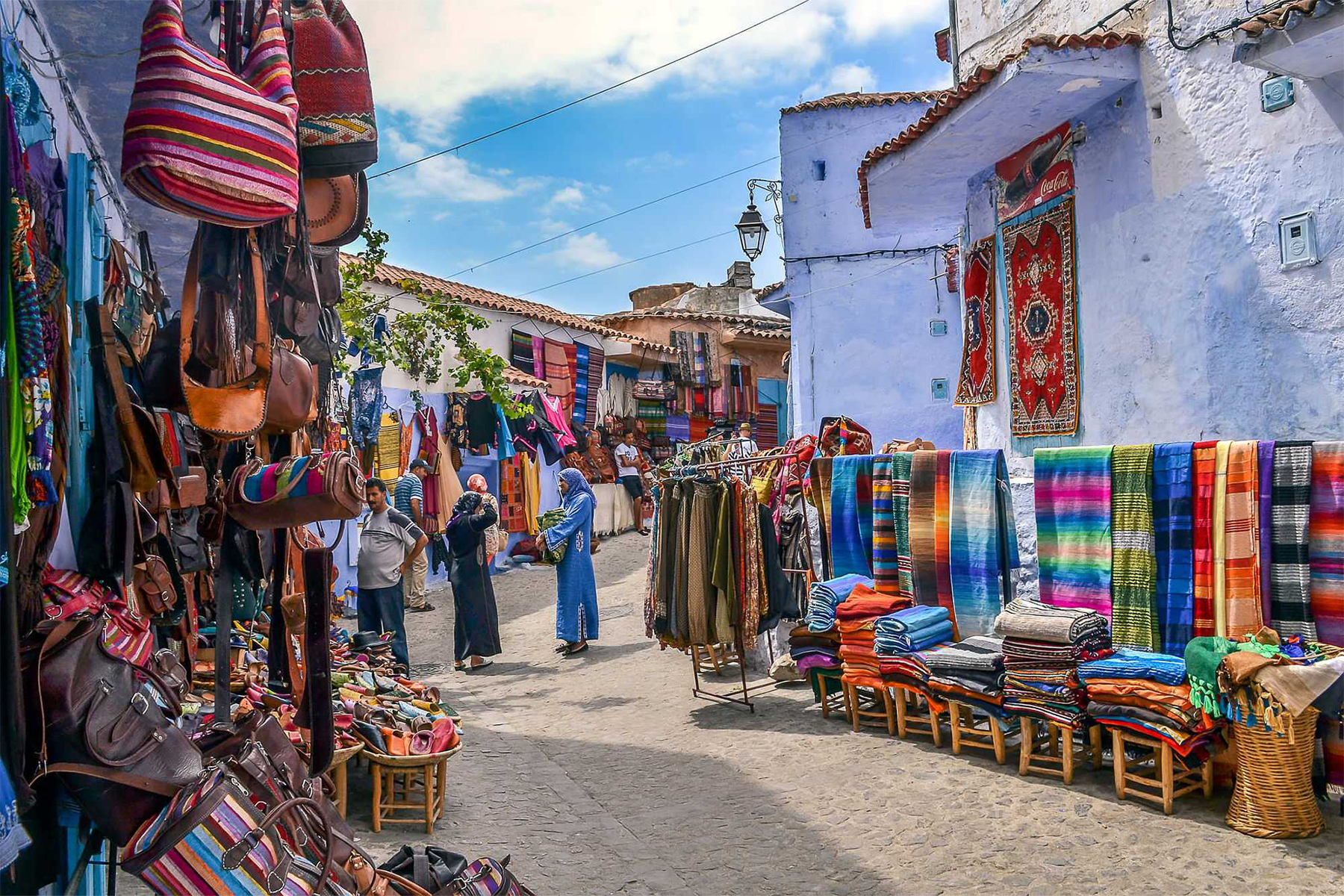
Nestled high in the Rif Mountains of northern Morocco, Chefchaouen is a destination that captures the imagination. Known widely as the “Blue City” or the “Blue Pearl”, its distinctive blue-washed buildings create a stunning, almost otherworldly atmosphere. Having had the pleasure of experiencing this enchanting place, I can confidently say that Chefchaouen is not just a feast for the eyes, but a paradise for those seeking a blend of traditional Moroccan charm and a unique, laid-back vibe.
Chefchaouen’s location in the Rif Mountains sets it apart from Morocco’s bustling imperial cities like Marrakech or Fes. The pace here is noticeably slower and more peaceful, offering a welcome retreat from the intensity often found elsewhere in the country.
Why is Chefchaouen Blue?
The most striking feature of Chefchaouen is undoubtedly its omnipresent blue colour. Stepping into the medina is like entering a maze of narrow alleyways, arched doorways, and steep stairways, all painted in varying shades of blue.
There are several theories about why the city is painted blue, though no single definitive answer is known. Some believe the tradition was brought by Jewish refugees in the 15th century, who used blue to represent the sky and heaven. Another common theory suggests the blue helps to repel mosquitoes, as it imitates fresh running water. A more modern, cynical view is that it’s purely a gimmick to attract tourists, and if so, it’s certainly a successful one. Regardless of the reason, the blue streets are incredibly photogenic and have made Chefchaouen one of Morocco’s most popular visual destinations.
Must-Do Experiences in Chefchaouen
While Chefchaouen doesn’t boast an endless list of traditional “attractions” in the way larger cities might, its charm lies in its atmosphere and simple pleasures. Here are some highlights:
- Explore the Blue Medina: Wander aimlessly through the twisting blue alleys. Every corner offers a visual surprise with unique doors, potted plants, and the vibrant contrast of textiles and spices against the blue walls. Give yourself time to get lost; in Chefchaouen, it’s part of the fun.
- Visit Plaza Uta el-Hammam: This is the main square and the heart of the city. It’s surrounded by the Kasbah, cafes, and restaurants. It’s a perfect spot to sit, sip some Moroccan mint tea, and watch local life unfold. The view from the rooftop cafes overlooking the square is highly recommended.
- Hike to the Spanish Mosque (Bouzafer Mosque): For breathtaking panoramic views of Chefchaouen and the Rif Mountains, take the hike up to this mosque situated on a hill above the city. The walk is uphill but relatively easy, taking about 30-60 minutes from the medina. It’s especially popular for sunset, when the city is bathed in golden light. If you prefer to avoid the crowds at the top, stopping halfway up offers stunning views with more tranquility.
- Indulge in Local Cuisine: Chefchaouen is a great place to try traditional Moroccan dishes. From delicious tajines and couscous to hearty breakfasts and cheap street food like kebabs and pastries, there’s plenty to tantalize your taste buds. Don’t miss trying a Zaza smoothie at Cremeri Elmaataoui or the famous camel burger at Cafe Clock. The sources recommend places like Bab Ssour, Triana, Morisco, Cafe Al Baraka, Cremeri Elmaataoui, Cafe Panorama Lopar, Mandala, Cafe Clock, Assaada, and Sofia.
- Relax and Unwind: Perhaps the most important thing to do in Chefchaouen is simply embrace its relaxed atmosphere. It’s a place to slow down, recharge, and enjoy the peace. Whether it’s sitting on a rooftop terrace or chatting with locals, the chill vibe is infectious.
- Shop for Souvenirs: The medina is filled with shops selling local crafts, including handmade rugs, leather goods, spices, and unique keepsakes. While less pushy than in other Moroccan cities, haggling is still part of the experience.
- Explore the Rif Mountains: Beyond the city, the surrounding Rif Mountains offer opportunities for hiking and exploring nature. Popular spots include the Waterfalls of Akchour. Be prepared for trails that may be poorly indicated and potentially encountering farm animals.
- Take a Cooking Class: Learn to make classic Moroccan dishes like tagine and couscous with local chefs.
Getting to Chefchaouen
Chefchaouen is situated in the mountains and doesn’t have its own airport. The most common ways to get there are by bus, taxi, or car.
- By Bus: The CTM bus company is recommended for its reliable service. Supratours is another option. Bus journeys can take several hours depending on your departure city (e.g., around 2.5 hours from Tangier, 4.5 hours from Fes).
- By Taxi/Private Car: This is a more convenient but also more expensive option. Private transfers can be booked in advance. Be aware that petit taxis cannot leave city limits, so you’d need multiple taxis for a longer journey.
- By Car: Renting a car offers flexibility, especially if you plan to explore the surrounding areas. However, parking can be tricky, and mountain roads require careful driving.
The bus station is located at the bottom of town, requiring a walk or a short, inexpensive petit taxi ride up the hill to reach the medina area.
Where to Stay in Chefchaouen
Chefchaouen offers various accommodation options, from budget-friendly hostels to traditional riads. Staying within or near the medina provides easy access to the main attractions. Some recommended options mentioned in the sources include Casa Sabila, Dar Hannan Hotel Riad, Hotel Casa Miguel, Riad Gharnata (though one source had a negative booking experience), Residence Hotel Chez Aziz, and Riad Nila. Hostels like Souika are popular budget choices for backpackers.
Tips for Visiting Chefchaouen
- How Long to Stay: While a day trip is possible, particularly from Tangier or Fes, spending at least one night, preferably two or three, allows you to truly soak in the atmosphere and relax.
- Cash is King: Morocco is largely a cash-based society. While some larger establishments might accept cards, local vendors, taxis, and smaller shops usually require Moroccan Dirhams. It’s wise to carry enough cash for daily expenses and tips.
- Dress Modestly: As in any Islamic country, dressing modestly is recommended out of respect for local customs. Loose-fitting clothing that covers shoulders is generally advised.
- Be Prepared for Stairs: Chefchaouen is built on a hillside, so expect lots of steep paths and stairs, especially within the medina and when hiking to viewpoints. Comfortable walking shoes are essential.
- Interaction with Locals: Many locals are friendly and welcoming. However, like many tourist destinations, you may encounter people trying to sell you things or offer guided tours. Politeness and a firm “no” usually suffice. Be aware that offers to buy hashish are common, but it is illegal.
Is Chefchaouen Worth Visiting?
For many, including the authors of the sources, the answer is a resounding yes. Despite its popularity and the influx of tourists it has brought, Chefchaouen retains a unique charm. It offers a distinct experience compared to Morocco’s larger, more chaotic cities. While some find it overly touristy or feel constantly observed, others highlight the kindness of the people and the relaxed atmosphere as a major draw.If you are looking for stunning photo opportunities, a relaxed pace, beautiful mountain scenery, and a different side of Morocco, Chefchaouen is absolutely worth adding to your itinerary. The vivid blue architecture combined with the backdrop of the Rif Mountains makes for an unforgettable visual experience.
Table of Contents
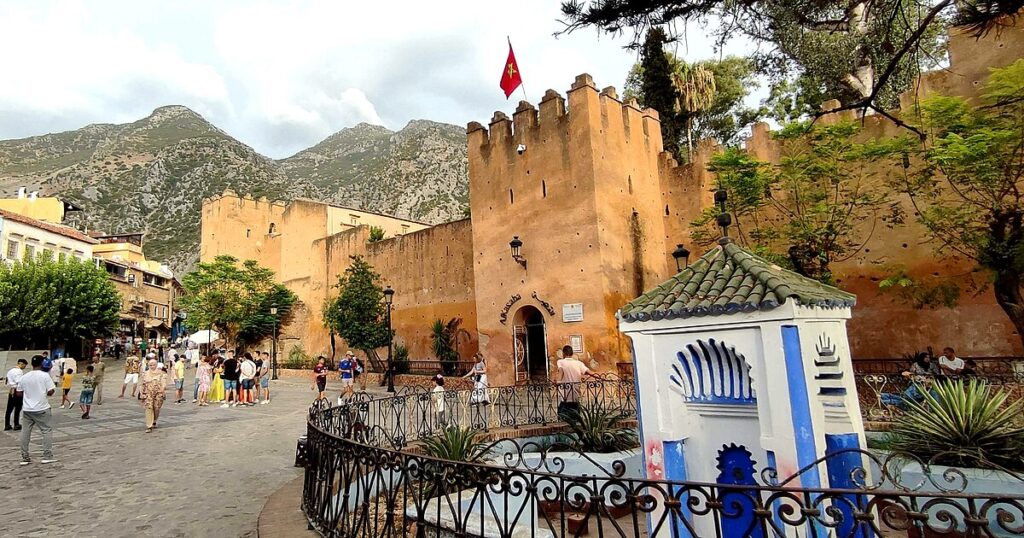
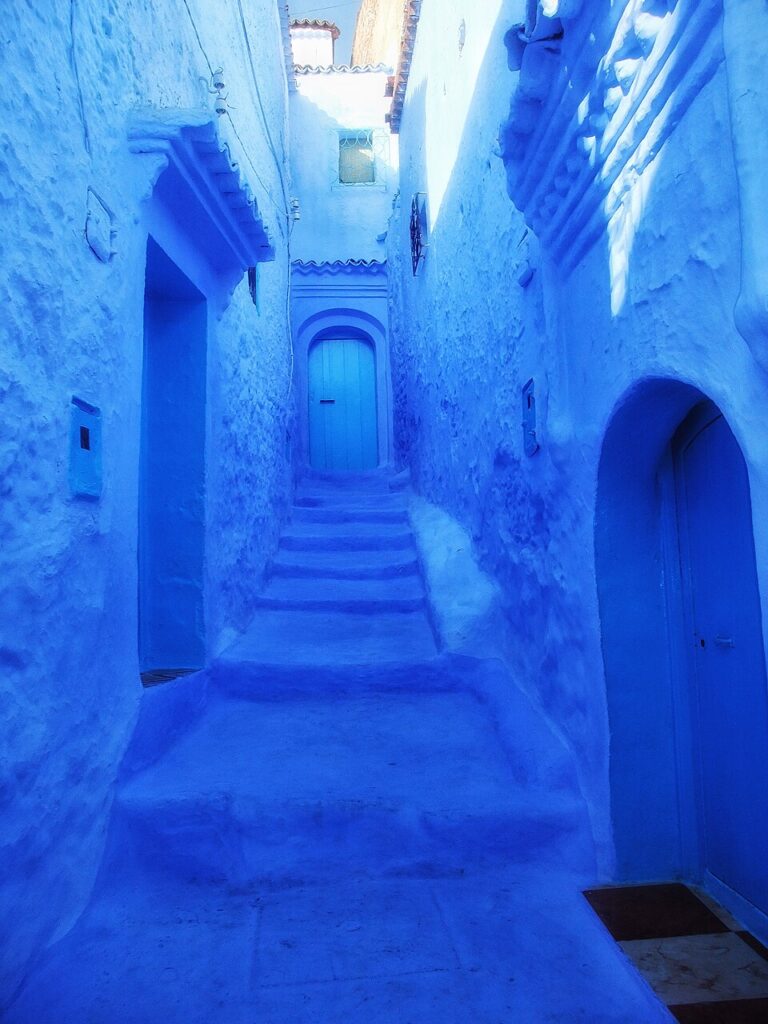
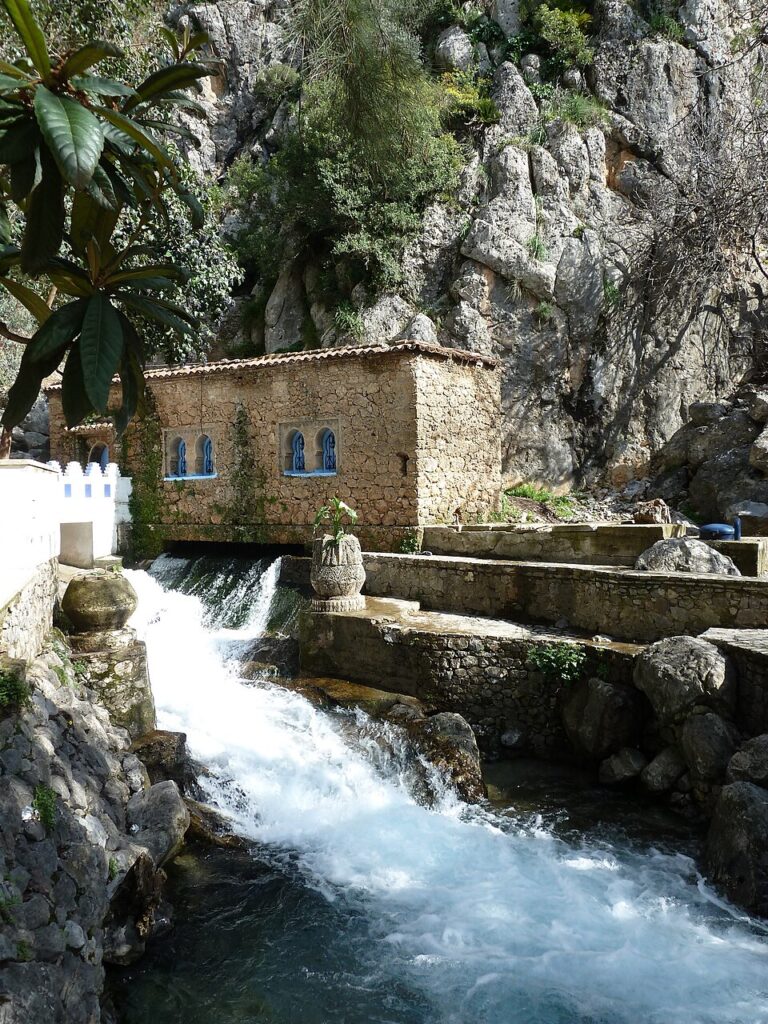
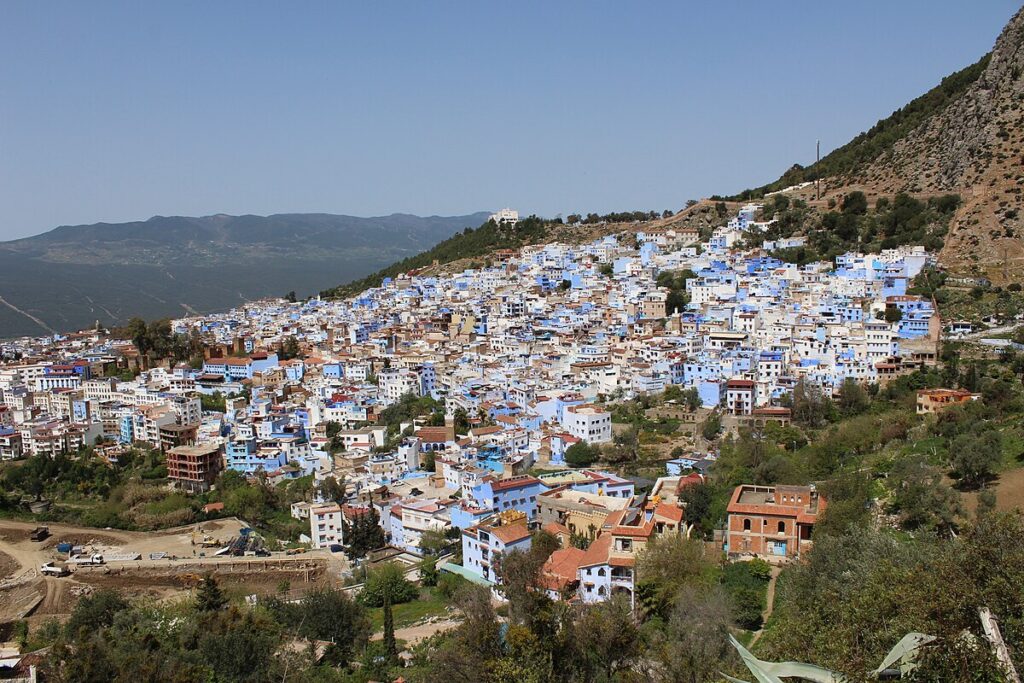
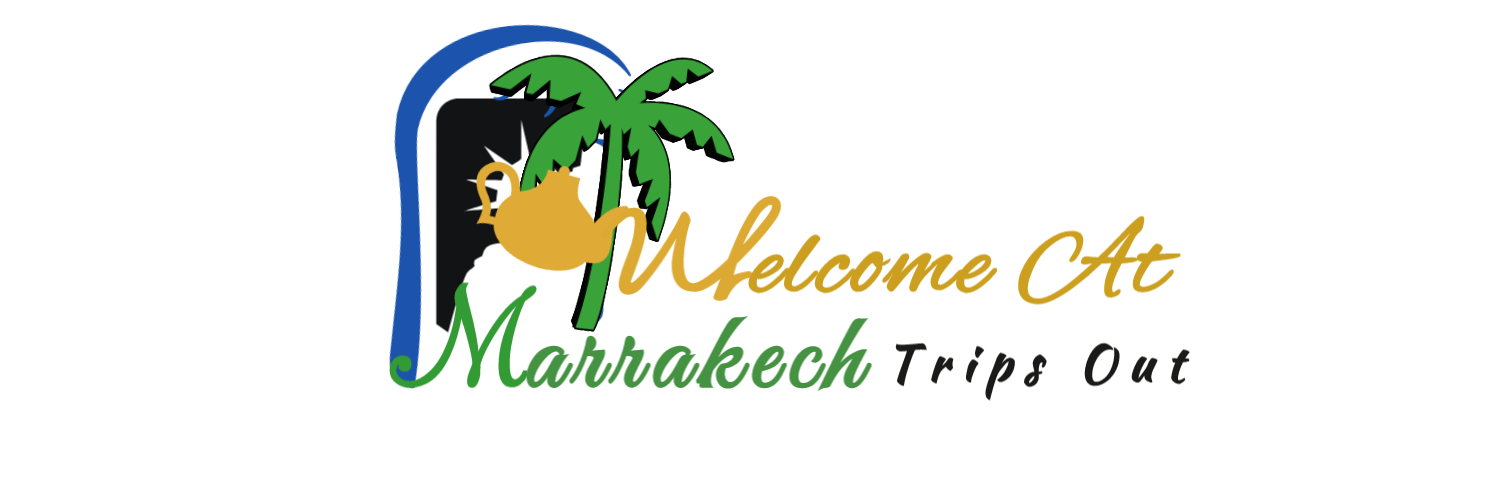
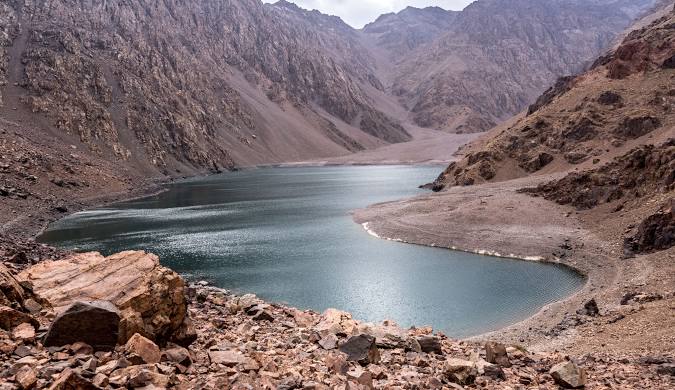
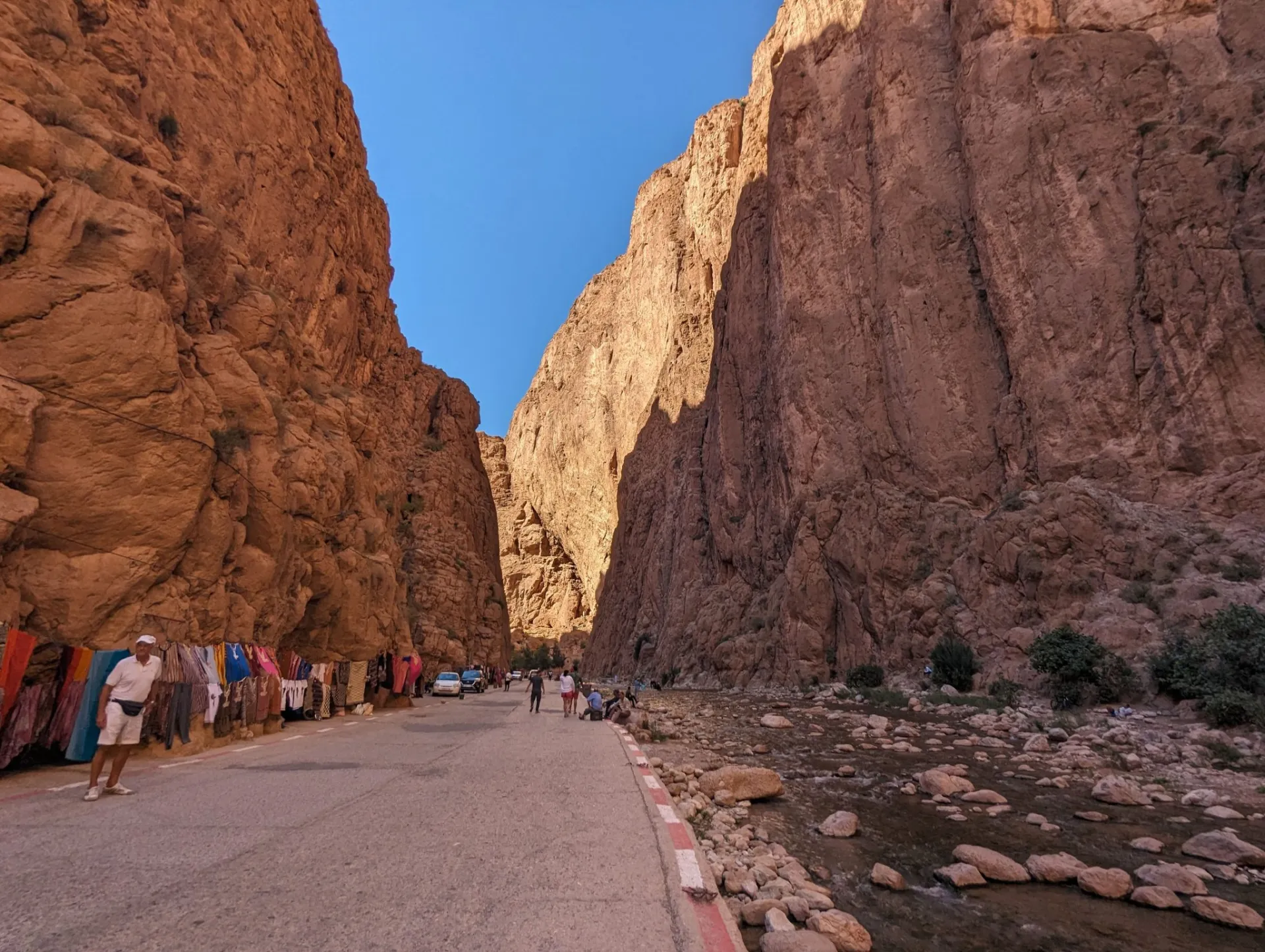
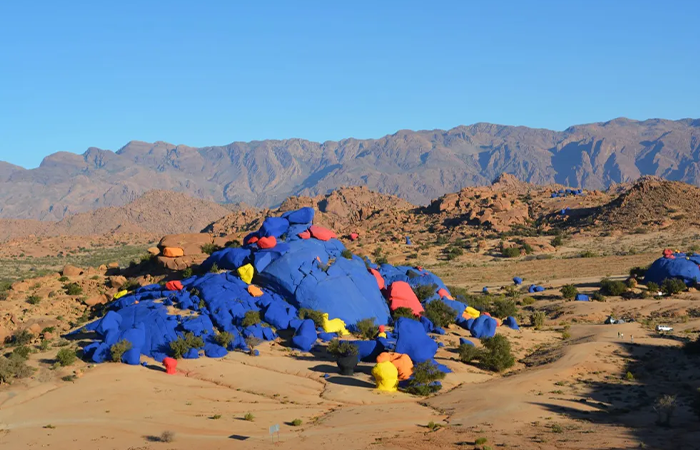
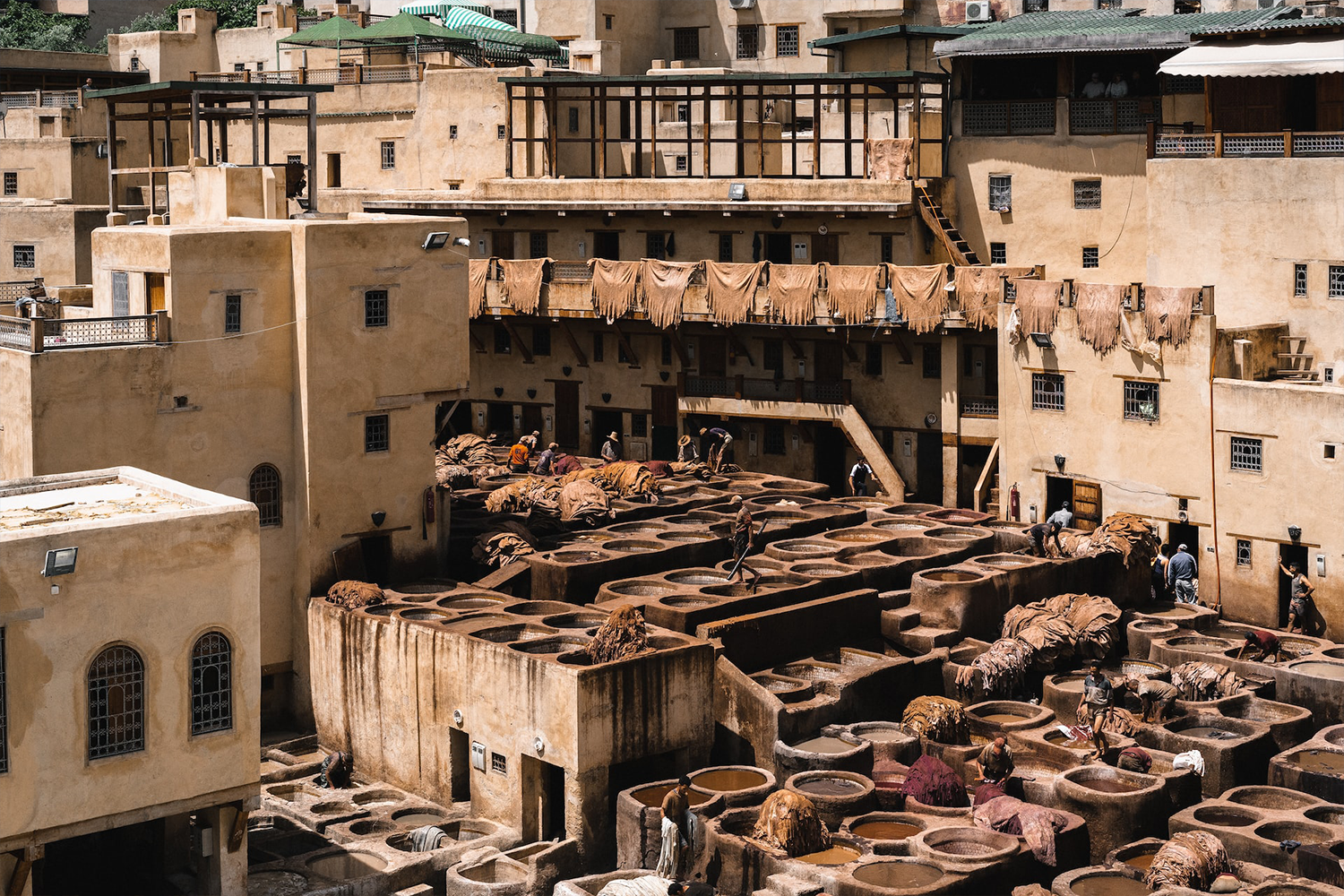

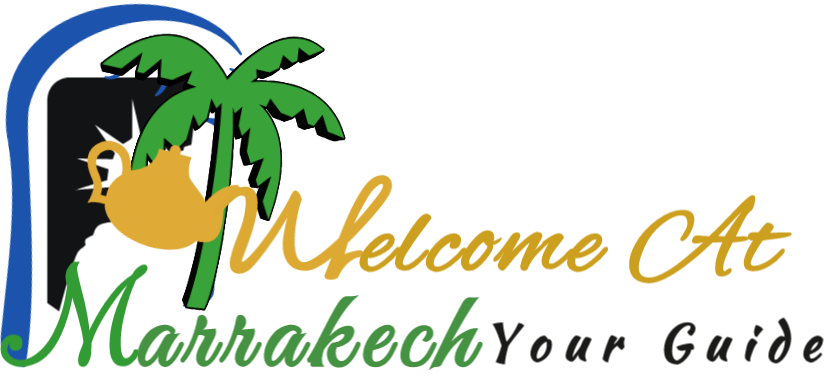
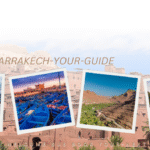
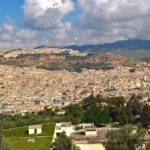

Leave a comment: